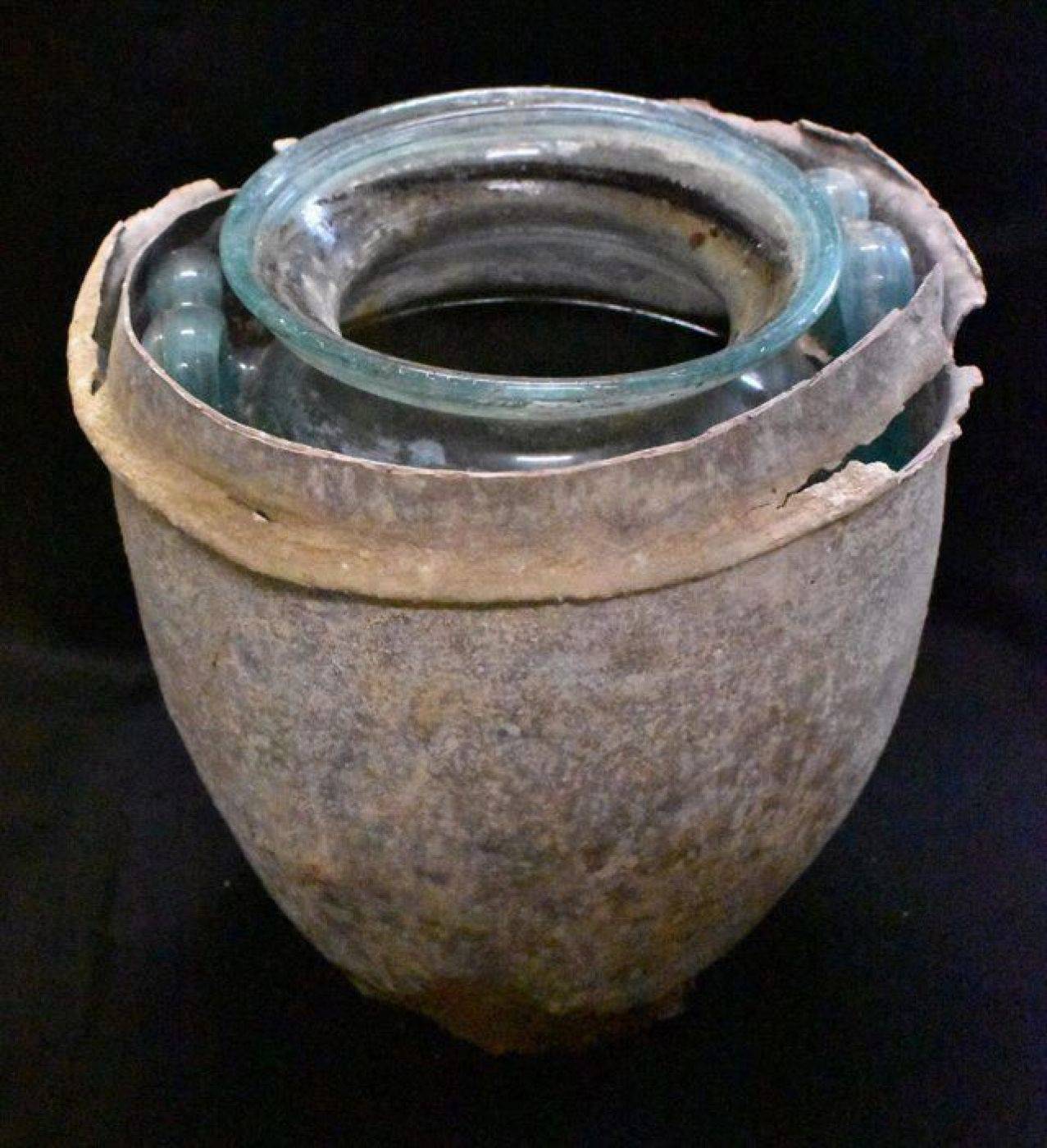Discovery of the World's Oldest Wine in a Roman Tomb in Spain
2,000-Year-Old Wine Discovered in Roman Tomb in Seville: Oldest Wine Sample Ever Identified
2024-06-19

In an extraordinary archaeological find, a Roman tomb in Carmona, Seville, has yielded a liquid identified as the oldest known wine, dating back over 2,000 years. This significant discovery, confirmed through chemical analysis, has been hailed by researchers from the University of Córdoba as the most ancient wine sample ever identified.
The remarkable discovery was made by a team led by Professor José Rafael Ruiz Arrebola from the Department of Organic Chemistry at the University of Córdoba (UCO), in collaboration with the Carmona City Council. The wine, originally white but now reddish due to the passage of time, surpasses the age of the previously oldest known wine— a bottle from the 4th century AD found in Speyer, Germany, in 1867, and preserved in the Historical Museum of the Palatinate.
Juan Manuel Román, an archaeologist with the Carmona City Council, expressed initial astonishment that liquid had been preserved within one of the funerary urns for such an extended period. The tomb's immaculate condition, having remained sealed and untouched for 2,000 years, created ideal preservation conditions, preventing potential contamination from floods, leaks, or condensation.
The primary challenge for the researchers was to verify their suspicion that the reddish liquid was indeed wine, albeit significantly altered by time. A series of chemical analyses conducted at UCO's Central Research Support Service (SCAI) confirmed this hypothesis. These findings were published in the Journal of Archaeological Science: Reports. Researchers examined the pH levels, organic matter content, mineral salts, and the presence of specific chemical compounds that could have originated from the glass urn or the skeletal remains. They also compared the results with modern wines from Montilla-Moriles, Jerez, and Sanlúcar.
A pivotal aspect of the identification process involved detecting polyphenols—biomarkers common to all wines. Utilizing advanced techniques capable of detecting these compounds in minute quantities, the team identified seven specific polyphenols also found in contemporary wines from Montilla-Moriles, Jerez, and Sanlúcar. Notably, the absence of syringic acid, a particular polyphenol, suggested that the wine was originally white. This conclusion aligns with historical, archaeological, and iconographic sources, although the researchers acknowledged that the absence might also result from degradation over millennia.
Determining the exact origin of the wine proved more challenging due to the lack of comparable samples from the same era. However, the mineral salts found in the tomb's liquid closely match those in present-day white wines from the region once known as the Roman province of Baetica, especially Montilla-Moriles.
The presence of wine in the tomb also provides insight into Roman funerary customs and societal norms. The tomb, a circular mausoleum likely belonging to a wealthy family, included two glass urns. One contained the remains of a man submerged in wine alongside a gold ring, while the other, housing a woman's remains, lacked wine but included amber jewelry, a patchouli-scented perfume bottle, and silk remnants. This gender-based differentiation in burial offerings reflects the societal norms of ancient Rome, where women were often prohibited from consuming wine.
These funerary items were intended to accompany the deceased in their journey to the afterlife, a practice underscoring the cultural significance of death and remembrance in ancient Roman society. Situated along the vital route connecting Carmo with Hispalis (modern-day Seville), the tomb was marked by a now-lost tower, emphasizing its commemorative purpose.
Two millennia later, this discovery not only resurrects the memories of those interred but also illuminates Roman funerary rituals and offers unprecedented insights into ancient winemaking practices. The identification of the world's oldest wine enriches our understanding of historical viticulture, underscoring the sophistication and cultural importance of wine in the ancient world.
Founded in 2007, Vinetur® is a registered trademark of VGSC S.L. with a long history in the wine industry.
VGSC, S.L. with VAT number B70255591 is a spanish company legally registered in the Commercial Register of the city of Santiago de Compostela, with registration number: Bulletin 181, Reference 356049 in Volume 13, Page 107, Section 6, Sheet 45028, Entry 2.
Email: [email protected]
Headquarters and offices located in Vilagarcia de Arousa, Spain.